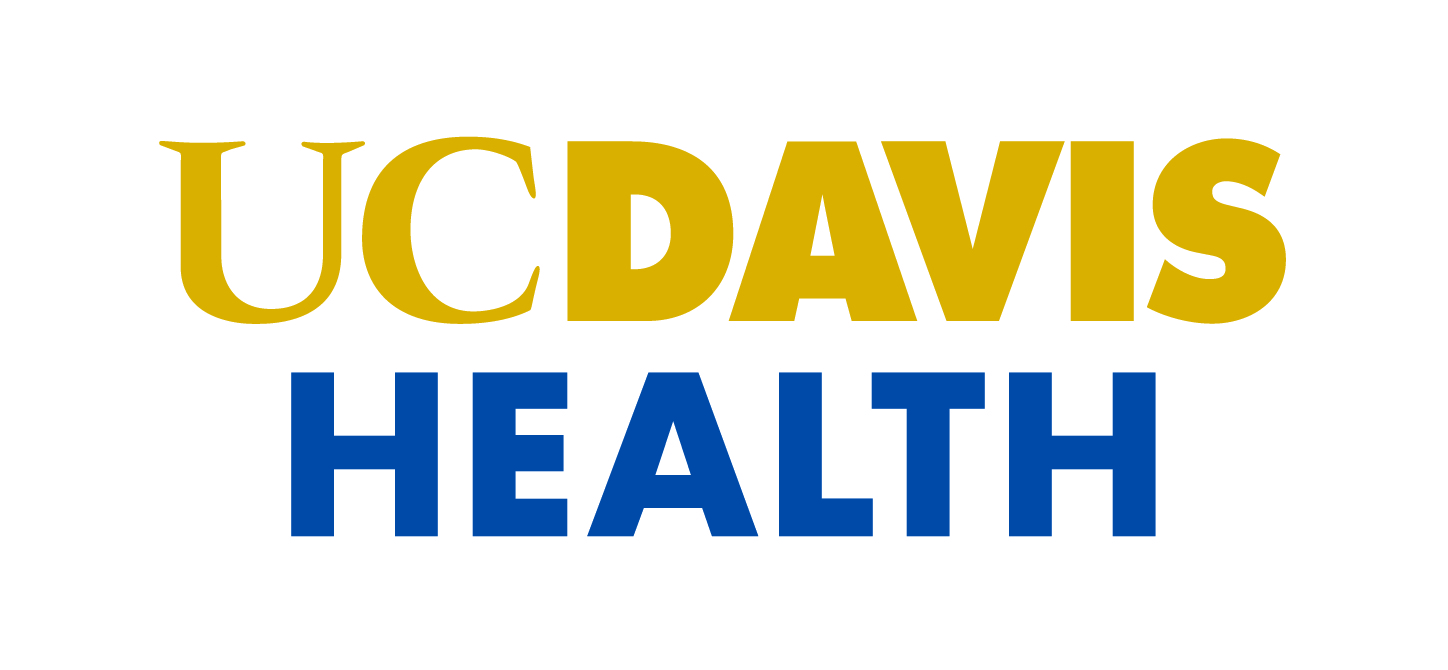Newswise — Breast Cancer Surveillance Consortium (BCSC) investigators have received a $17 million program project grant renewal from the National Cancer Institute to study the effectiveness of different breast cancer screening and surveillance strategies using digital mammography, digital breast tomosynthesis (3D mammography), and breast MRI. Co-led by UC Davis researcher Diana Miglioretti, the consortium seeks to ensure that women get personalized care based on their individual risk and preferences.
“With so many different breast imaging approaches available, it’s important that each woman receives the most appropriate modality at the most appropriate time,” said Miglioretti, who is Dean’s Professor of Biostatistics. “With this renewal, we can continue to evaluate how a woman’s risk factors influence screening outcomes and how they can be used to make decisions about when to start screening, how often to screen, and which modalities to use.”
Established in 1994, the BCSC is a nationwide research collaboration that includes UC San Francisco, the University of North Carolina, Geisel School of Medicine at Dartmouth, the University of Vermont, the University of Illinois, Advocate Health Care and Kaiser Permanente Washington. The consortium has a long history of evaluating the benefits and harms of different screening approaches.
The grant renewal expands on prior research by evaluating surveillance imaging of breast cancer survivors in addition to screening women without a history of breast cancer. BCSC research has helped fuel the shift from a one-size-fits-all screening approach to consideration of women’s breast cancer risk and preferences. The ultimate goal is to tailor each woman’s screening regimen to her risk of screening outcomes based on family history, breast density and other risk factors, while also considering her personal preferences around balancing the potential benefits and harms of screening. Previous BCSC studies have been used to update the national breast cancer screening guidelines of the U.S. Preventive Services Task Force and the American Cancer Society.
“The BCSC’s research is critically important due to rapid innovations in breast cancer screening and new laws affecting breast cancer screening delivery in more than half of the states in the U.S.,” said Anna Tosteson, James J. Carroll Professor at the Geisel School of Medicine at Dartmouth and one of the three program co-leaders. “Through collaboration with the Cancer Intervention and Surveillance Modeling Network, known as CISNET, we will evaluate the long-term consequences of alternative approaches to tailored screening.”
The grant renewal will fund three projects to better match women with the most appropriate screening or surveillance regimens. For example, the consortium will investigate which women benefit most from tomosynthesis or breast MRI, and which will be better served by digital mammography alone. They will investigate different ways to maximize early detection while minimizing failures and false alarms among all women receiving screening and among breast cancer survivors receiving surveillance for second breast cancer occurrences.
“Our program project grant proposes a new breast cancer screening paradigm that identifies the most effective, tailored strategy based on a woman’s risk of a screening benefit, failure and harm,” said Karla Kerlikowske, professor of Medicine, Epidemiology and Biostatistics at UC San Francisco and one of the three program co-leaders. “For each breast imaging outcome, we plan to identify clinically actionable risk levels to tailor a woman’s screening strategy for different types of imaging modalities.”
The ultimate goal is to develop a clinical algorithm that uses a woman’s information, such as personal and family history of breast cancer, race, age, breast density, history of breast biopsy and body mass index, to determine the ideal combination of imaging and other approaches to detect cancers early, when they are most treatable, while minimizing harms.
“Tomosynthesis and breast MRI are becoming increasingly common,” said Miglioretti. “However, there is not enough evidence right now to tell us whether they are more effective than digital mammography alone. Our goal is to determine whether these approaches should be used for screening the general population of women or for surveillance of breast cancer survivors and to identify which subgroups of women might benefit from these supplemental imaging technologies.”

